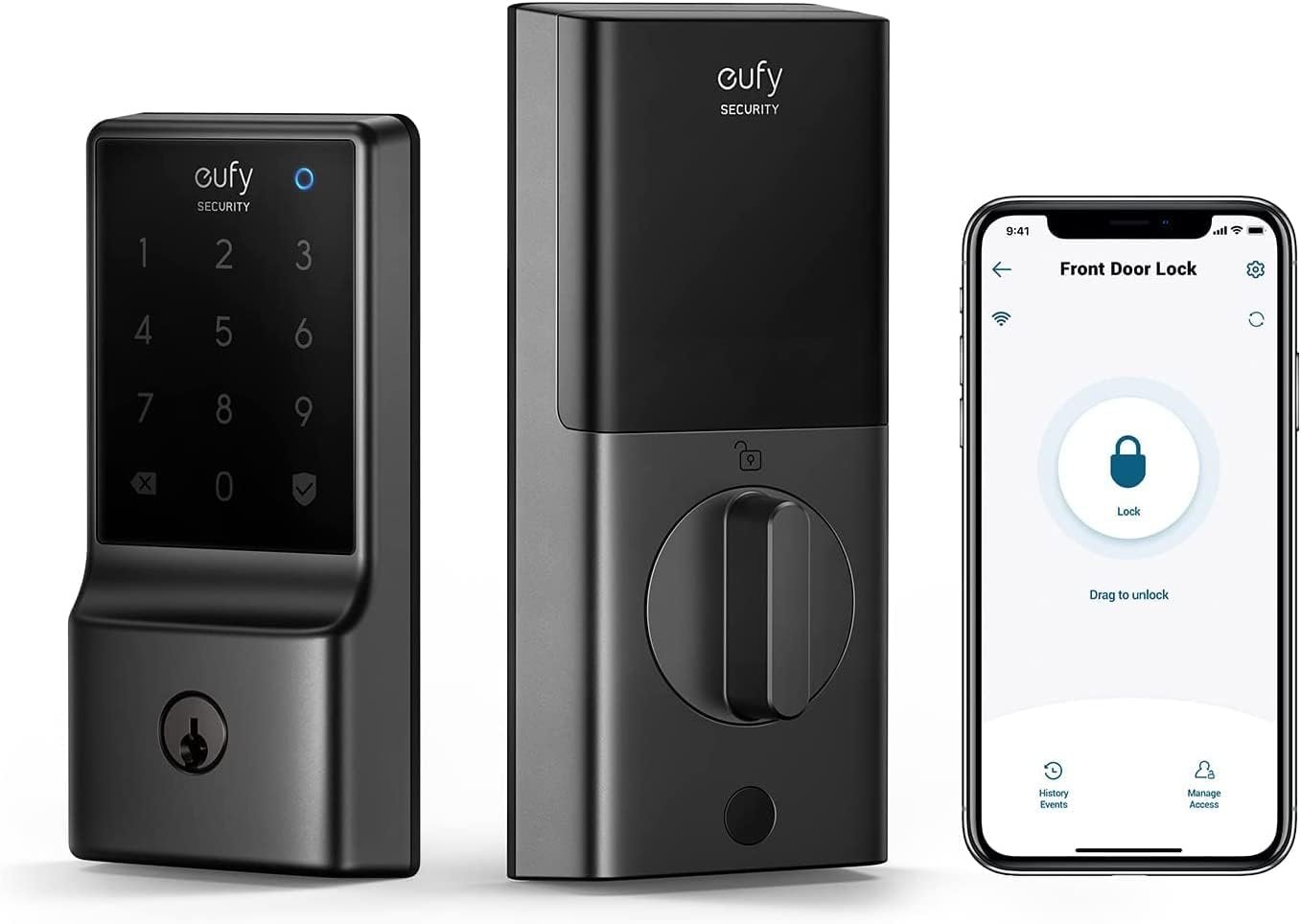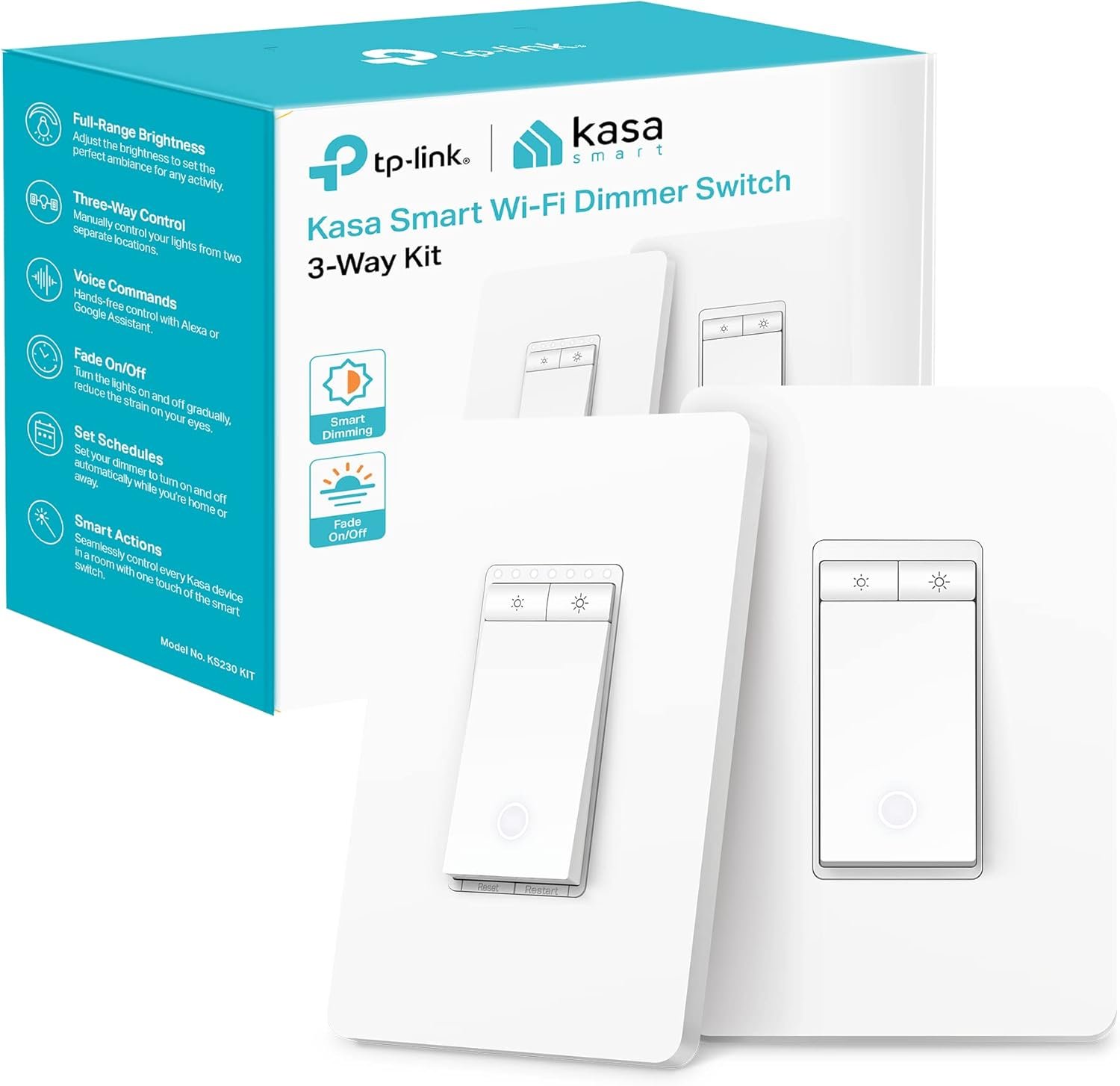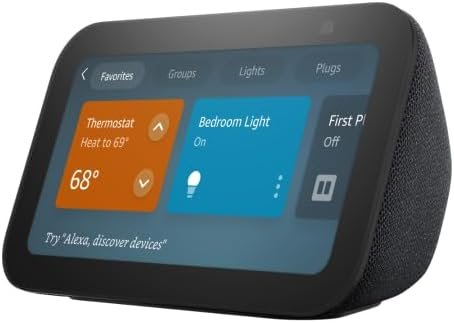Do you ever wonder how a smart doorbell could add an extra layer of security to your home? In today’s fast-evolving world, home security has moved beyond traditional locks and keys to a realm powered by technology. Among the plethora of smart home devices, smart doorbells are gaining popularity, and for good reasons. They offer convenience, enhance safety, and can seamlessly integrate into a tech-savvy lifestyle.
Choosing the right smart doorbell can be a tad overwhelming, given the diverse options available. This guide aims to ease your decision-making process by offering insights into smart doorbell features, benefits, potential risks, and how to align your choice with your needs and lifestyle.
What is a Smart Doorbell?
A smart doorbell is more than just a fancy upgrade to your conventional doorbell. It is an advanced, internet-connected device that combines the functionality of a traditional doorbell with modern surveillance technology. Equipped with a camera, microphone, and sometimes even motion sensors, smart doorbells allow you to see and communicate with visitors through your smartphone or other connected devices from anywhere in the world. They are an integral part of smart home security ecosystems, providing convenience while enhancing safety.
The Core Components of a Smart Doorbell
Understanding the components can help you get a glimpse into how this device works. Generally, a smart doorbell includes:
- Camera: Offers live video feed, typically with HD quality, so you can see who’s at your door.
- Microphone and Speaker: Enables two-way communication between you and your visitor.
- Motion Sensors: Detect movement and send alerts even if your visitor doesn’t press the bell.
- App Support: Connects the device to your smartphone or tablet for controlling and monitoring.
- Power Source: Can be battery-powered, wired, or a combination of both.
Key Features to Consider
Every smart doorbell offers different features tailored to specific needs or budgets. When choosing the best one for your home, take into account the following characteristics:
Video Quality
Higher video quality ensures that you can clearly see who’s at your door, especially important for identifying faces or unreadable details like license plates. Many top-tier models offer HD or even 4K resolution. Consider whether day and night vision are necessary so you have clarity at all times.
Field of View (FOV)
A wider field of view allows the camera to capture more of your doorstep and its surroundings. This is particularly useful for monitoring large areas and is usually measured in degrees. Most smart doorbells offer a FOV of 160 to 180 degrees.
Connectivity Options
How does the doorbell connect to your devices? Look for models offering strong Wi-Fi connections. Some doorbells also come with Bluetooth capabilities, which might be helpful for easier setup but are generally less crucial for daily use.
Power Supply
Consider whether a wired or wireless (battery-powered) option is best for your setup. Wired doorbells often mean less maintenance as you don’t need to change batteries but might involve more complicated installations. Wireless models offer flexibility and ease of installation.
Storage Solutions
Storage options are vital for reviewing past footage. Smart doorbells typically offer local storage and cloud storage. Local storage is reliable and doesn’t involve subscription fees, but cloud storage can provide flexibility and security with access from anywhere.
Integration with Smart Home Systems
If you use or plan to use other smart devices, ensure your doorbell is compatible with your smart home system. Integration with voice assistants like Alexa or Google Assistant can offer added convenience.
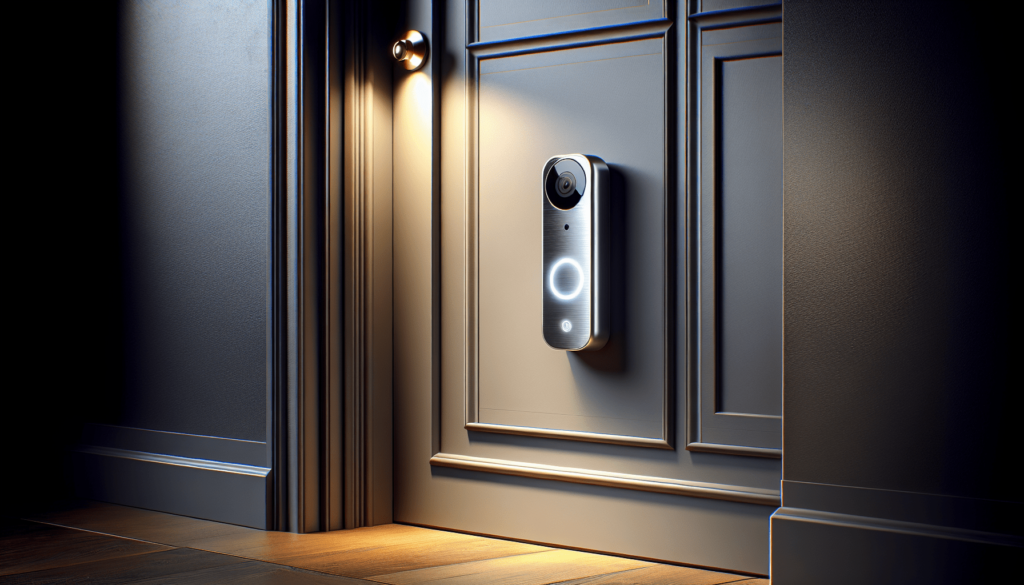
Comparing Popular Brands and Models
Comparing popular models can help you discern which one aligns with your requirements. Here’s a brief comparison of some well-known smart doorbells:
| Brand/Model | Video Quality | FOV (Degrees) | Power Options | Integration | Price Range |
|---|---|---|---|---|---|
| Ring Video Doorbell 4 | 1080p | 160 | Wired or Battery | Alexa | Mid-Range |
| Nest Hello | 1600 x 1200 | 160 | Wired | Google Assistant | High-End |
| Arlo Video Doorbell | 1536p | 180 | Wired | Alexa, Google | High-End |
| Eufy Security Video Doorbell | 2K | 180 | Wired or Battery | Alexa, Google | Budget-Friendly |
| August Doorbell Cam Pro | 1280 x 960 | 120 | Wired | HomeKit | Mid-Range |
Privacy and Security Considerations
While smart doorbells enhance your home’s security, they also bring privacy challenges. Here’s how you can tackle them:
Potential Risks
Smart doorbells, like any networked devices, are susceptible to hacking and unauthorized access. They collect and store data which, if not adequately protected, could pose privacy risks.
Safeguarding Your Device
- Use Strong Passwords: Ensure the use of complex, unique passwords for accounts related to your smart doorbell.
- Enable Two-Factor Authentication: Adds an extra layer of security making unauthorized access harder.
- Regular Software Updates: Keep your device firmware up-to-date to protect against vulnerabilities.
- Secure Your Network: Use strong Wi-Fi passwords and consider setting up a separate network for IoT devices.
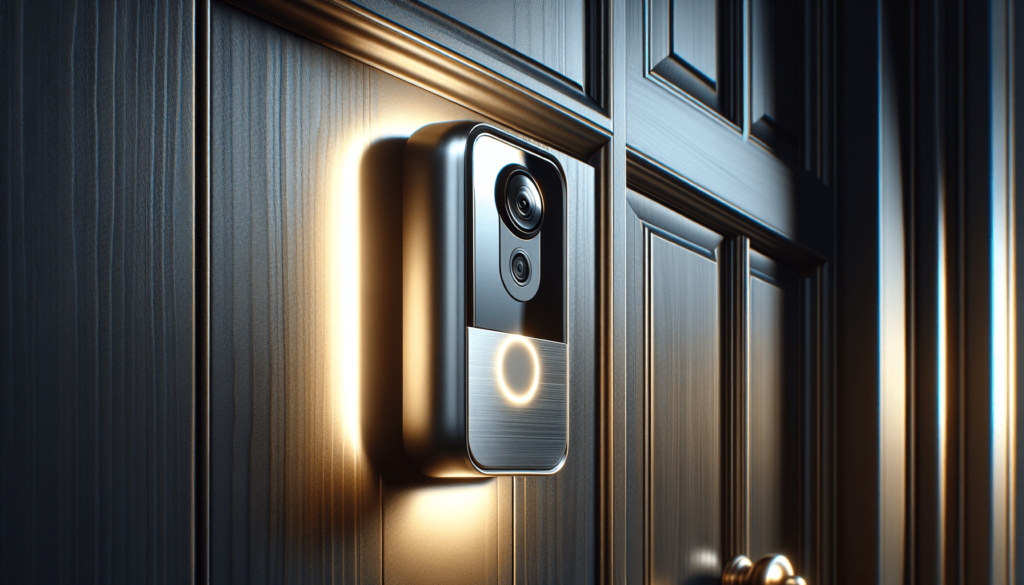
Setting Up Your Smart Doorbell: Step-by-Step Guide
Setting up a smart doorbell is relatively straightforward, even if you’re not particularly tech-savvy. Here’s a typical installation process:
Step 1: Choose the Right Location
Select a spot that offers a broad view of your entryway. Consider height and angle for optimal video capture.
Step 2: Installation
- For Wired Models: Turn off power supply to your existing doorbell at the circuit breaker. Remove the old doorbell, connect the smart doorbell according to the supplied instructions, and securely mount it.
- For Wireless Models: Simply mount the doorbell using the provided adhesives or screws as instructed.
Step 3: Set Up the App
Download the corresponding app on your smartphone or tablet. Follow in-app instructions to connect the doorbell to your Wi-Fi network. Configure settings such as motion detection thresholds, storage plans, and notifications.
Step 4: Test the Device
Once installed, test the doorbell’s functionality, checking video feed, two-way audio, motion detection, and notifications.
Troubleshooting Common Issues
Every now and then, you may encounter a hiccup with your smart doorbell. Here are a few common issues and how to resolve them:
Wi-Fi Connectivity Problems
- Solution: Ensure your Wi-Fi network is operating and the signal is strong at the doorbell’s location. Consider a Wi-Fi extender if the signal is weak.
Motion Detection Errors
- Solution: Check and adjust the sensitivity settings in the app. Make sure the field of view is clear of objects that may cause false detections.
Video Quality Concerns
- Solution: Double-check internet speed requirements and ensure your connection can handle live video streaming.
Trends and Innovations in Smart Doorbell Technology
Smart doorbells are continuously evolving. Here’s a peek into current trends and what to expect in the future:
AI-Powered Features
Many models now incorporate AI technology for improved motion detection, facial recognition, and customized alerts.
Integration with Broader Smart Home Ecosystems
More devices are integrating with platforms like IFTTT, smart thermostats, and lighting systems for enhanced automation.
Enhanced Privacy Features
Given rising privacy concerns, newer models are introducing data encryption and more transparent data-use policies.
Case Studies: Real-Life Stories of Smart Doorbells
A multitude of homeowners have shared how smart doorbells have positively impacted their lives. For instance, a family from Texas received a notification of a visitor during their vacation, only to prevent a potential break-in by alerting local authorities. In another case, a renter in New York leveraged a battery-powered smart doorbell to monitor deliveries while living in an apartment complex with strict rules against alterations.
Conclusion
With technology constantly advancing, embracing devices like smart doorbells can significantly enhance the security and convenience of your home. As you venture into deciding on the best smart doorbell for your needs, consider the features most relevant to your lifestyle. Balance quality, compatibility, and privacy, ensuring you select a device that meets your security criteria while integrating smoothly into your everyday life. Making an educated choice today means a safer, smarter home tomorrow.
Disclosure: As an Amazon Associate, I earn from qualifying purchases.


